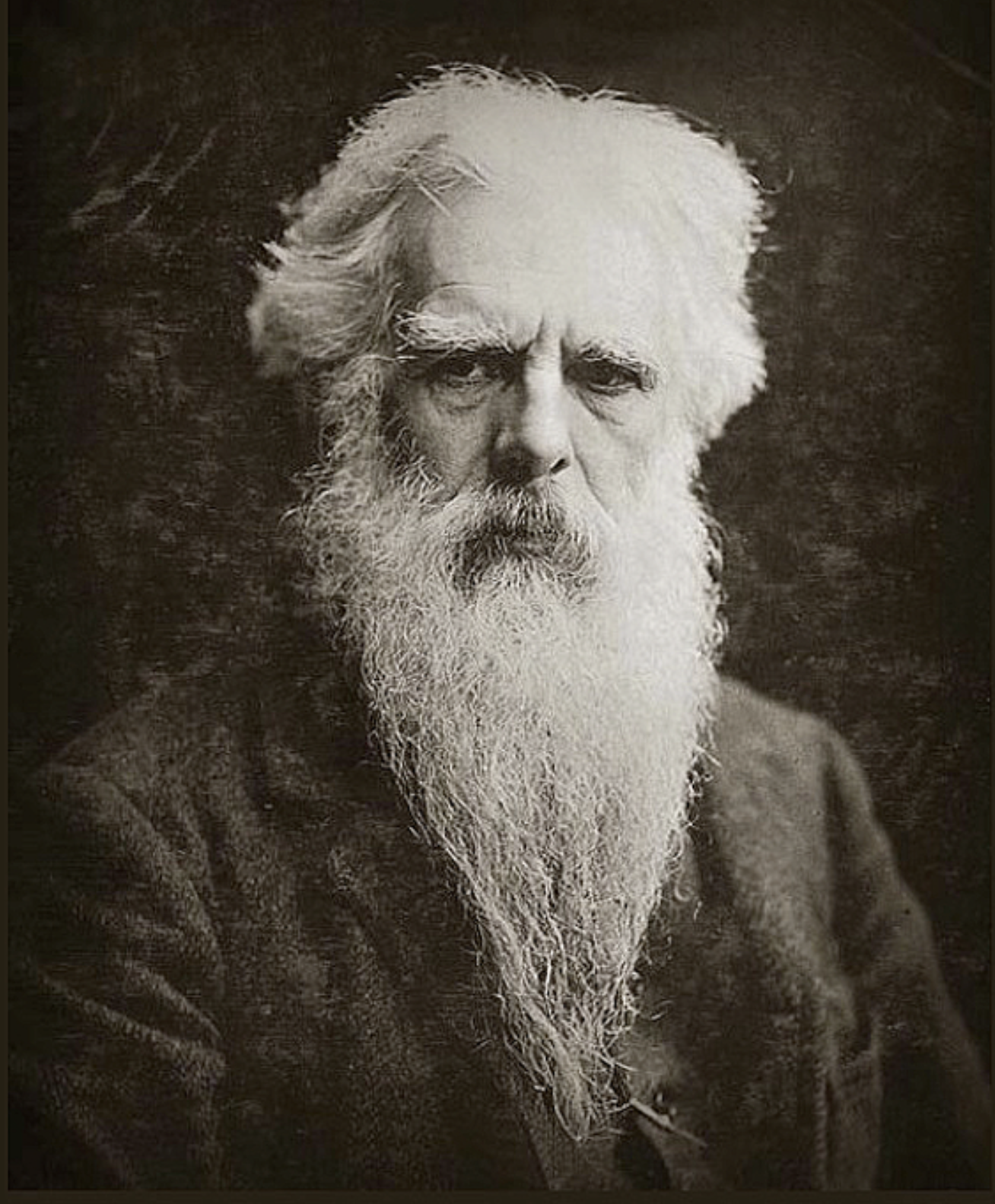The History of San Francisco in Six Images
The six sepia-colored photolithographs of San Francisco in our collection are derived from the photography of Eadweard Muybridge, best known for his studies of motion of humans and animals, who was also a pioneer in landscape photography. Muybridge worked for the landscape photographer Carleton E. Watkins in 1867 before setting out on his own.
As you can see in the depiction of California Street, looking down from the lookout on top of the mansion, the photolithograph artist decided to place bucolic looking horse and buggies even though one original Muybridge image shows cable car tracks. It is also striking to note the original photographs and subsequent photolithographs were both produced prior to the devastating earthquake and fires of April 1906 when over 3,000 perished and over 80% of the city was destroyed. Although not all structures in the city were burned or removed, the face of the neighborhoods certainly changed in the subsequent reconstruction and further development over the years.
Portrait of Eadweard Muybridge
Eadweard Muybridge was a pioneering 19th-century photographer and inventor, famously known for his groundbreaking motion studies that laid the groundwork for modern cinema. In addition to his work capturing humans and animals in sequential images, he was a renowned landscape photographer who documented the American West. One of his most significant landscape achievements was the detailed 360-degree panoramic series of San Francisco, taken from the rooftop of the Mark Hopkins mansion on Nob Hill. The mansion stood on California Street Hill (now Nob Hill), the highest point in the city at the time.
Glimpses of Old San Francisco
In the late 19th century, San Francisco was a thriving metropolis, boasting stunning architecture, bustling streets, and breathtaking views of the San Francisco Bay. One of the most iconic vantage points in the city was the tower of the Mark Hopkins mansion, perched atop Nob Hill. From this lofty perch, one could gaze out upon the sprawling city, taking in the sights and sounds of a bygone era.
Fortunately, we have a remarkable set of mini photolithographs attributed to L. Glaser, after a panorama of San Francisco from California Street Hill (Nob Hill) by the renowned photographer Eadweard Muybridge. These exquisite prints offer a unique glimpse into old San Francisco, capturing the essence of the city prior to the devastating earthquake and fire of 1906.
San Francisco in the Late 19th Century
During the late 19th century, San Francisco was a city in transition. The Gold Rush of 1849 brought a surge of new residents, and the city was rapidly expanding to accommodate the growing population. The construction of the Transcontinental Railroad in 1869 further solidified San Francisco's position as a major commercial center.
As the city grew, so did its architecture. Grand mansions, like the Mark Hopkins residence, sprouted up on Nob Hill, offering breathtaking views of the city and the bay. The streets were lined with bustling shops, restaurants, and theaters, catering to the diverse tastes of the city's inhabitants.
The Photolithographs of L. Glaser
The photolithographs attributed to L. Glaser are a remarkable testament to the city's beauty and charm. These mini prints, measuring approximately 3.5 x 5.5 inches, are based on Muybridge's panoramic photographs of San Francisco. The level of detail and precision in these prints is astounding, capturing the intricate textures of buildings, the bustling streets, and the majestic views of the bay.
The prints offer a fascinating glimpse into the daily life of San Francisco's residents. We see horse-drawn carriages rattling down the streets, pedestrians strolling along the sidewalks, and ships sailing across the bay. The city's iconic landmarks, such as the Palace of Fine Arts and the Ferry Building, have yet to be built.
The Mark Hopkins Mansion and the Tower
The Mark Hopkins mansion, from whose tower these photolithographs were taken, was one of the most iconic residences in San Francisco. Built in the late 1870s for Mark Hopkins, one of the "Big Four" railroad tycoons, the mansion was a masterpiece of Victorian architecture.
The tower, which offered breathtaking 360-degree views of the city and the bay, was a favorite spot for Hopkins and his guests. It's from this vantage point that Muybridge took his panoramic photographs, which were later used as the basis for Glaser's photolithographs.
View of a Great City
The photolithographs attributed to L. Glaser offer a captivating glimpse into old San Francisco, a city that was both vibrant and fragile. These exquisite prints capture the essence of a bygone era, preserving the memories of a city that was forever changed by the devastating earthquake and fire of 1906.
As we gaze upon these vistas, we're reminded of the power of photography and printmaking to capture the beauty and essence of a moment in time. The photolithographs of L. Glaser are a testament to the enduring appeal of old San Francisco, a city that continues to captivate and inspire us to this day.
Further Reading and History:


